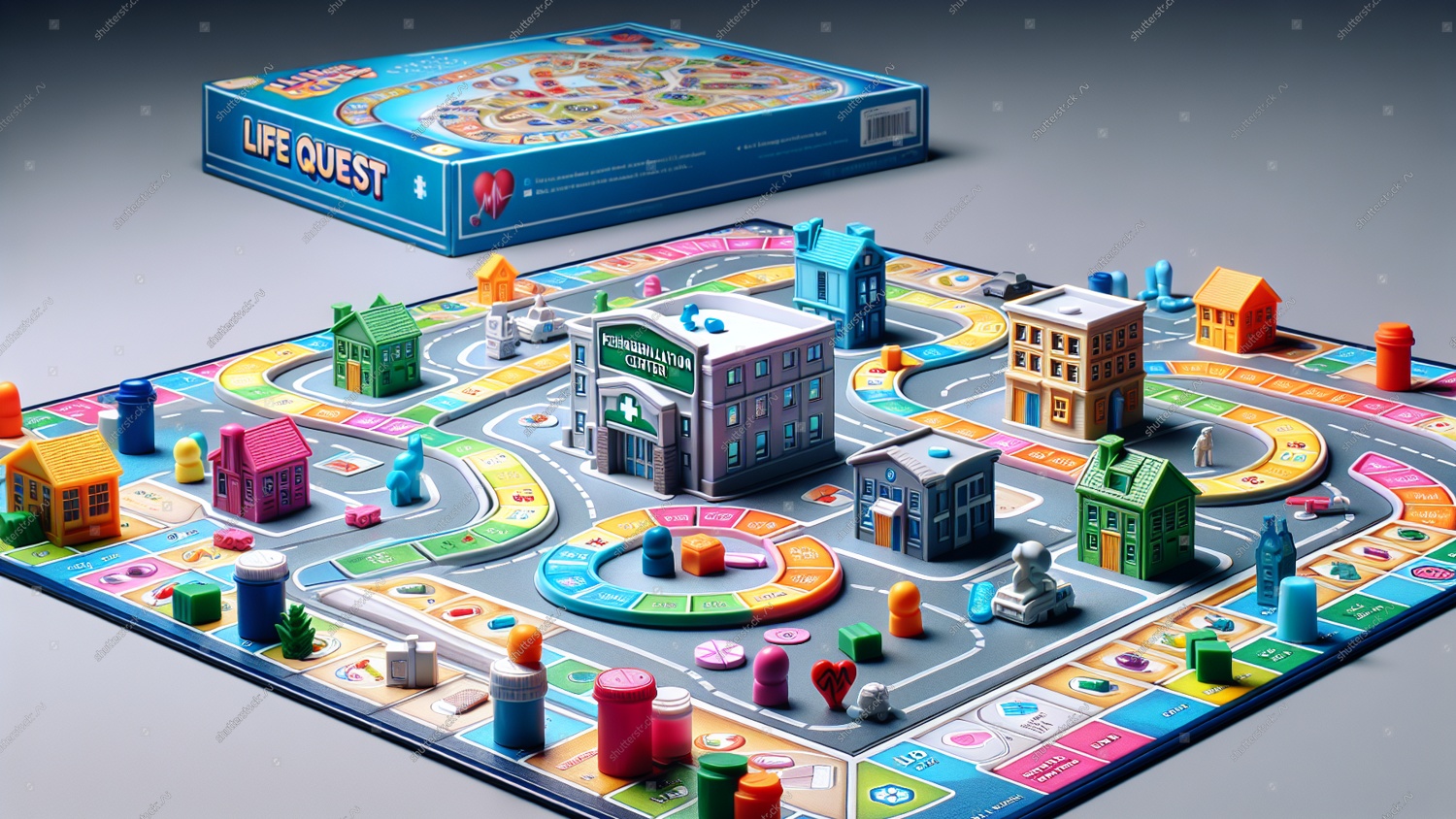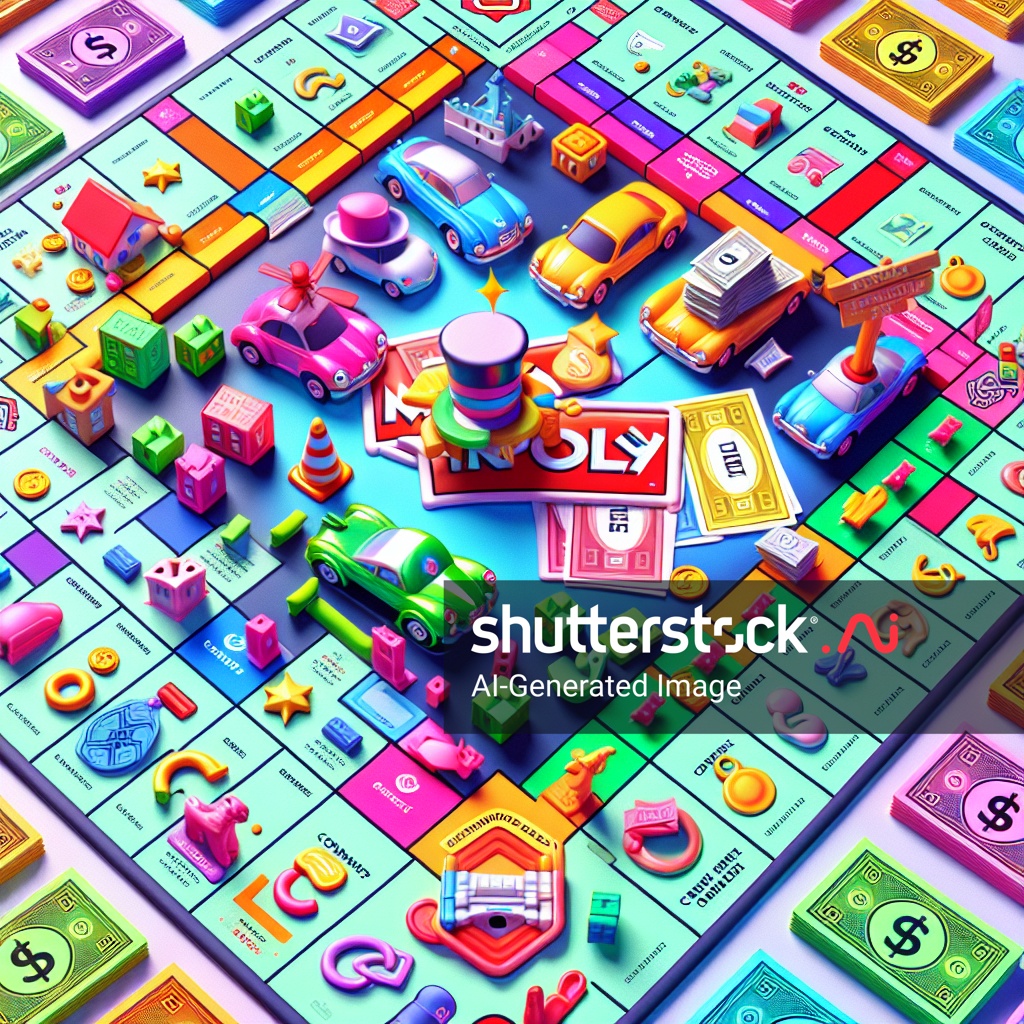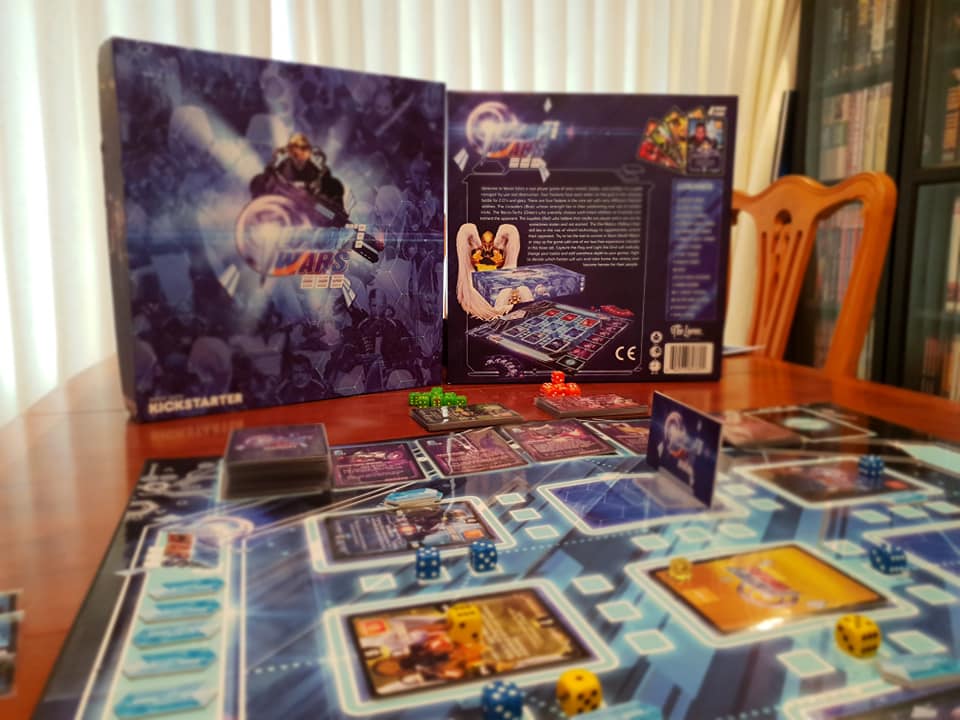
Ah, the world of board game design. It’s a magical realm where dreams of creating the next big tabletop hit collide with the harsh reality of an industry so convoluted it may or may not have been designed by the dark lord himself just for shits and giggles. As I navigate this wild ride, I’d like to share my personal experience, a cautionary tale – if you will – about how close I got to bringing my vision to life, only to be thwarted by the labyrinthine structure of the board game industry.
Let’s start at the beginning. You have an idea for a board game. Maybe it’s inspired by your love for competitive snail races or perhaps it involves building a handbag empire (hey, I’m not judging). Interestingly, for some reason, the more mundane and boring a theme is, the more likely the success of your game, but that’s a topic for another episode. You sketch out your rules, craft some prototypes, and soon, you’re living the dream – a whirlwind of creativity and cardboard! However, then comes the moment of truth: What do you do next….?
For me, the year was 2018, and the game was called ‘Vector Wars’. My baby was born a 2-player tactical battle game that took elements from Final Fantasy 8’s Triple Triad and the theme of one of my favourite movies Tron and made a wonderful really clever tactical, tense, gritty fun game.
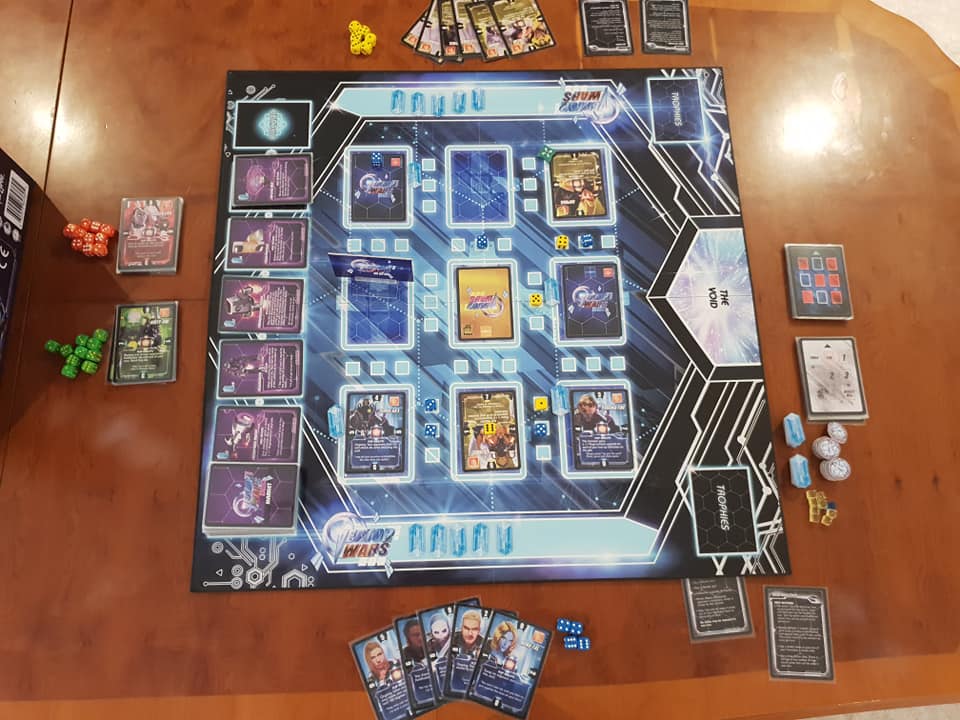
I knew what my next step was: to get a publisher.
Publishing a board game is no simple matter. It’s like trying to assemble an IKEA bookshelf whilst blindfolded. First, there’s the small detail of getting a publisher interested in your masterpiece. You’ve poured your heart and soul into designing a game, and now you have to pitch it to people who may, or may not, be interested in anything you have to say. For those brave enough to self-publish, the adventure takes an even wilder turn. Welcome to the rollercoaster of distributors, manufacturers, and shipping! Picture yourself navigating a labyrinth filled with cryptic contracts and logistics that make a Rubik’s Cube look like tic-tac-toe. Who knew that getting a shipment of cardboard and plastic from one country to another could rival the complexity of intergalactic travel? I swear I have had less complex theoretical physics concepts than the complexity of navigating global shipping politics.
I remember meeting the Dice Tower (Tom Vassel) at the opening of the Zatu shop in the UK and I asked him about publishing my game. I felt they were quite rude to me, it wasn’t intentional, no doubt they have thousands of us starving artists, wanting an opinion about their craptastic-painting-of-a-game and, no doubt, their patience has been worn down over time. However, he did ask me: “Who is your publisher?” To which, I answered: ”No-one… I am going to self-publish”. I had no idea what that would entail, but it sounded good. He then said to me: “I thought you wanted to be a board game designer, not a publisher”.
That little sentence sent me down a rabbit hole I am yet to come out of, but if you’re here, I suppose you might already know that.
Anyway, the next step to master would be my ultimate weakness… the kryptonite to my Superman… advertising. Ah, yes! The glorious task of shouting into the void (also known as social media). After crafting the world’s most intricate 2-player game, you suddenly find yourself watching countless TikTok videos about marketing strategies, wondering… ‘’How do I get my game to stand out in a saturated market?’’ You try to charm the masses with the coolest tag-line, but all you hear are crickets – or worse, the sound of your self-loathing swatting at your dreams. Now, let me share a little nugget from my own life. I actually tried to ‘Kickstart’ this game……twice!
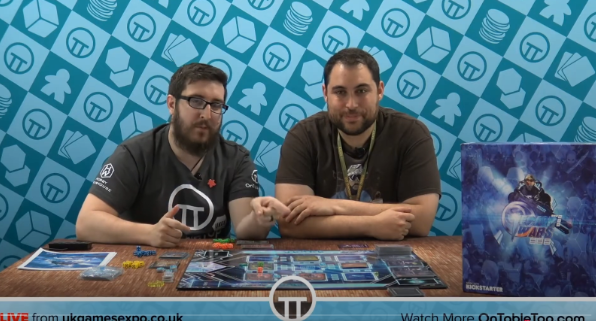
My prototype had been tested, play-tested, and tested some more. I felt like a proud parent, except, instead of kids’ photos on the fridge, I had game boards scattered across every surface in my house. However, then came the day of reckoning and no-one cared; It was like showing people my brand new baby picture, and yet, everyone was doing everything they could to look the other way. I failed to hit the financial goal required to take the project forward, not just once, but twice. Family and friends were only going to get me so far, however, feedback from play-testing had also been excellent… I couldn’t understand why my Kickstarter hadn’t succeeded.
My dream sat there, shimmering tantalizingly close, like a mirage in a desert of cardboard. In hindsight, it is easy to laugh through the tears. When you’ve been smacked down by the board game gods… what else can you do?
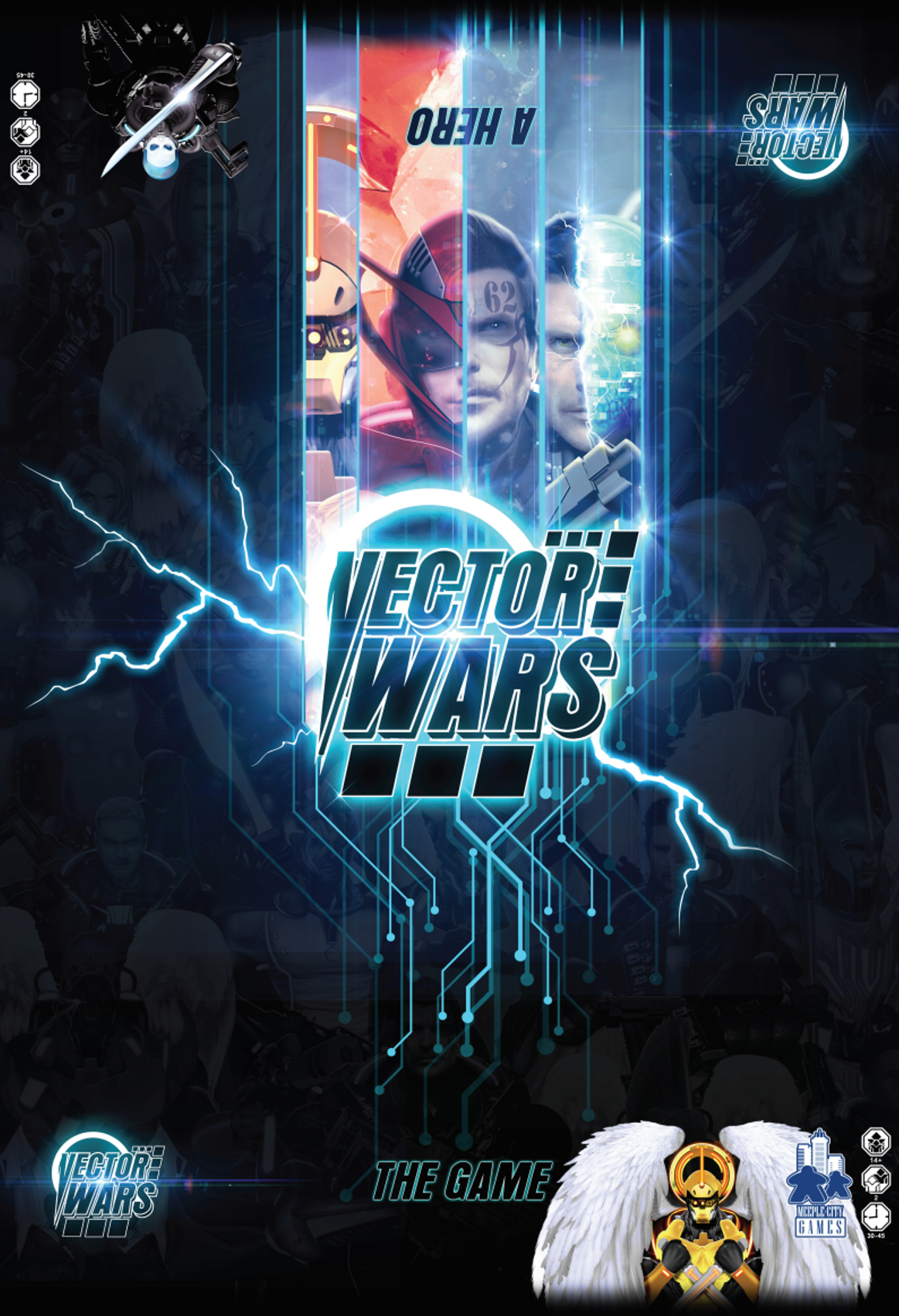
So, here is what I have learned: the journey might make you want to scream, and yes, the odds might feel stacked against you, however, every moment of struggle is a badge of honour on your designer sash. Maybe your game won’t make it to market this time, but you’re not a failure; you’re simply adding fuel to your creative fire. For anyone out there contemplating this journey, remember it’s all part of the ride. Embrace the chaos, keep refining your ideas, and let every step – no matter how ridiculous or frustrating – be a step toward your next big win (or at least a hilarious story to share over drinks). Here’s to all the aspiring board game designers navigating this beautifully chaotic world! May the odds forever be in your favour and your prototype never resemble a jigsaw puzzle with missing pieces!
Next time on The Perilous Quest of a Board Game Designer:
Episode 2: A step forward but two steps back.

